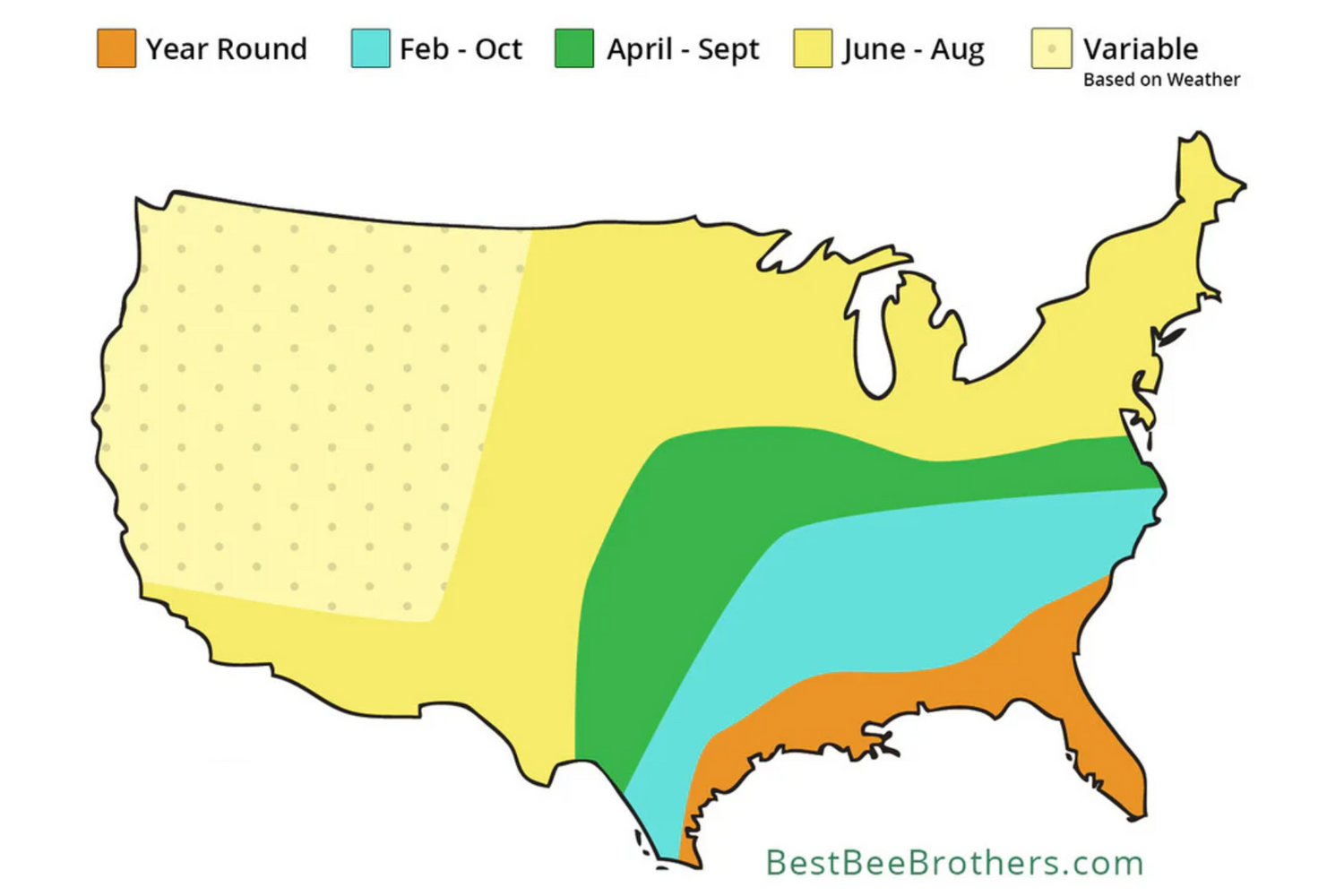There’s little joy in having to slap your arms, legs and back during a summer cookout because of a few intrusive mosquitoes that can’t take a hint. But how are you supposed to fight what you can’t even see? That’s right, we’re talking about biting midges or no-see-ums, also sometimes referred to as sand flies.
Just like mosquitoes, no-see-ums have a preference for warm, humid environments with plenty of sunshine. Unfortunately, that fact means they can take up residence just about anywhere in the world that meets those criteria – and they often do.
On their own, these insects are so small that an adult typically measures less than 3mm in length – that’s significantly smaller than the tip of your average no. 2 pencil!

The good news – or bad depending on your view – is that no-see-ums are not solitary creatures. They travel in big swarms that can take the shape of a buzzing black cloud. However, they’re also incredibly slow fliers, so as long as you can see them, you can get yourself out of the way in time to avoid those irritating bites. But that begs the question: When is no-see-um season? When do no-see-ums come out and when do they go away?
The short answer is, it depends on where you live.

Which States Have No-See-Ums?
(Source: PLoS Journal2)
Due to the insects’ natural proclivity for warmer climates, no-see-ums are much less common in the northern United States. In fact, during the fall and winter months, no-see-ums are practically nonexistent for the states north of Missouri and in some of the southwest. However, this is not always the case during summer. No-see-ums are not picky about where they call home, as long as it’s warm and wet. That means that residents of temperate states like California, Oregon and Washington (among others in the corner of the map highlighted in a light yellow patterned with dots) can find themselves vulnerable to no-see-um bites at the onset of warmer weather, whenever it occurs.
The map shown above describes the general concentration of various species of no-see-ums throughout the continental United States in an average year. As we can see, the distribution of these pesky little insects is far from equal. The southeastern US and Gulf Coast, from Florida to West Texas, has no-see-um activity for much of the year (orange section of map). This is especially true of Florida, where the balmy, tropical weather in most of the state can inch into the high seventies even during the winter months. In fact, the University of Florida has documented 47 different no-see-um species that live year-round in the state.3 In much of the south, biting midges are a problem not only in the summer but also in spring and early-to-mid fall (teal and green sections of map).
Overall, the most important thing to remember is that no-see-ums could be anywhere. However, those in the black and yellow zones will see them less and only under the right conditions.
Where Do No-See-Ums Nest?
No-see-um eggs are commonly laid on moist soil, sand or marshes but can also be found in still or slow-moving water like ponds, lakes, rivers and streams. According to University of Arizona entomologist Carl Olson, no-see-ums also breed in moist, disturbed areas such as freshly plowed ground or the soil around construction sites. Although no-see-um larvae are not strictly aquatic, they do depend on water early in their life cycle. Without adequate levels of moisture, they cannot develop into fully formed adults.4
When Do No-See-Ums Come Out?
The most common season for no-see-um adult activity throughout the US is in June and July, when the weather begins to warm5. While the entire life cycle of a no-see-um is often just two to six weeks, it’s important to note that female no-see-ums can lay up to 450 eggs per batch6, with some laying up to seven batches in their brief life. That means a whopping potential of 3,150 no-see-ums per female!
Interestingly, as is the case with another annoying bloodsucker, the mosquito, only female no-see-ums bite, because they require protein-rich blood to aid in the reproduction process. However, females can also feed on flower nectar or other sugar sources. Male no-see-ums, on the other hand, feed only on sugars7. Regardless of their dietary preferences, no-see-ums are most active in the early mornings and late evenings of mid-to-late summer8.
For more information about no-see-um prevention and protection, check out our blog post What Are No-See-Ums & How Do I Get Rid of Them?
- Roxanne C. Connelly,s.v. “Biting Midges,” Featured Creatures, Entomology & Nematology, University of Florida, last revised August 2013, https://entnemdept.ufl.edu/creatures/aquatic/biting_midges.htm.
- David Moo-Llanes, Carlos N. Ibarra-Cerdeña, Eduardo A. Rebollar-Téllez, Sergio Ibáñez-Bernal, Camila González, Janine M. Ramsey, “Current and Future Niche of North and Central American Sand Flies (Diptera: Psychodidae) in Climate Change Scenarios,” PLoS Neglected Tropical Diseases 7, no. 9 (2013): e2421, https://doi.org/10.1371/journal.pntd.0002421.
- Connelly, “Biting Midges.”
- Jeff Schalau, “Coping with No-See-Ums,” Backyard Gardener, University of Arizona Cooperative Extension, Yavapai County, July 20, 2011, https://cals.arizona.edu/yavapai/anr/hort/byg/archive/noseeums2011.html.
- Beatriz Moisset, s.v. “Family Ceratopogonidae - Biting Midges,” BugGuide, University of Iowa Department of Entomology, last updated August 27, 2021, https://bugguide.net/node/view/19768.
- Connelly, “Biting Midges.”









Leave a comment
All comments are moderated before being published.
This site is protected by hCaptcha and the hCaptcha Privacy Policy and Terms of Service apply.